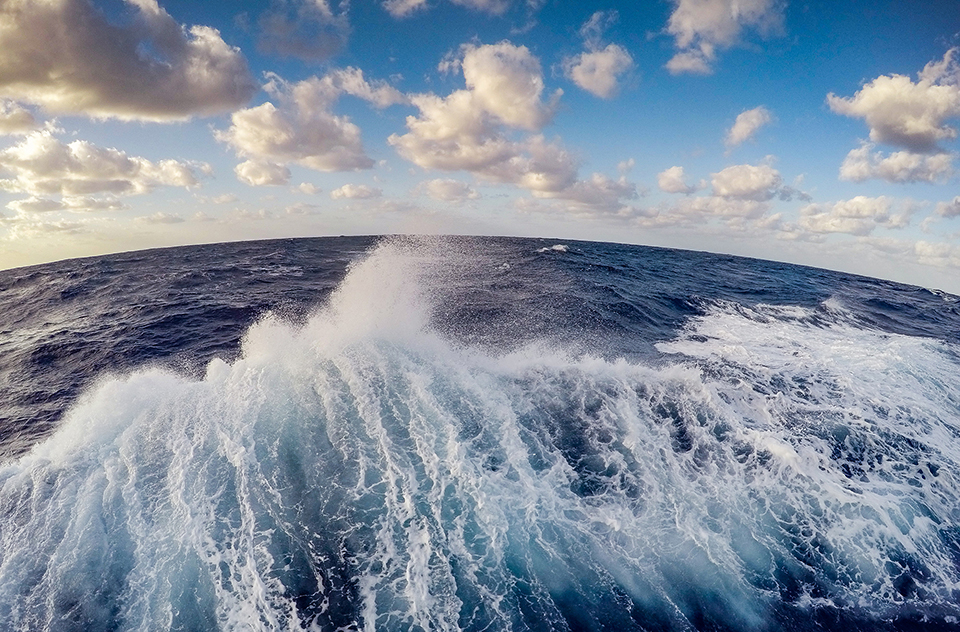
Photo credit: NOAA
NOAA has a key role to play in helping prepare and support our nation as we face the challenges of a changing climate. Under the Inflation Reduction Act, NOAA is directed to invest $3.3 billion to support the development of a climate ready nation. These funds, in concert with the Bipartisan Infrastructure Law investments, are the largest direct investment to date in our Nation’s coastal climate and economic resilience. U.S. Integrated Ocean Observing System (IOOS®) has been entrusted with a portion of those funds under the Inflation Reduction Act to invest in our national observing system and in partnerships with public and private entities to better understand ocean processes and develop new approaches and solutions that support Coastal Communities and Climate Resilience.
Ocean-Based Enterprise Accelerators ($100 million): NOAA is funding a new competitive business accelerator program with approximately $60 million to fill a critical unmet market need. These accelerators will support businesses with coastal and ocean-based products and services related to NOAA’s mission as they navigate commercialization pathways. Click here for more information.
NOAA will also fund partnership projects with approximately $40 million through NOAA competitive funding programs from FY22 and FY23. These include the IOOS Ocean Technology Transition program; proposals submitted to the National Centers for Coastal Ocean Science (NCCOS) Effects of Sea Level Rise program; the Climate Program Office projects focused on climate impacts in marine sanctuaries to support management decisions; and two National Oceanographic Partnership Program opportunities for U.S. Marine Life Observations projects and the Ocean Acidification Program’s Marine Carbon Dioxide Removal notice of funding opportunity.
IOOS Coastal Resilience Services ($100 million): NOAA will fund coastal resilience projects that advance existing regional and national priorities and support decision making as we face coastal hazards, ecosystem change, harmful algal blooms, offshore wind development, and navigation operational and safety needs, through the 11 established Regional Associations of the U.S. IOOS. This will include support for stakeholder engagement and establishing new partnerships, improving equity of services within and across communities; advancements to the IOOS ocean information network capacity to combine and organize regional data collection, management, and information services to users; and deployment of ocean technologies.
News
- Biden-Harris Administration announces $60 million to create a climate resilience accelerator program and support small businesses through Investing in America agenda (10 July 2023)
- Biden-Harris Administration invests $3.9 million for Ocean Enterprise engagement through Investing in America agenda (25 September 2023)
- Biden-Harris Administration announces $100 million to bolster climate resilience in communities as part of Investing in America agenda (29 September 2023)
- Biden-Harris Administration invests $3.9 million for Ocean-based Climate Resilience Accelerators through Investing in America agenda (20 February 2024)
- Biden-Harris Administration invests $16.7 million for marine technology innovation through the Inflation Reduction Act (27 June 2024)
- Biden-Harris Administration identifies 4 business accelerators to boost the Blue Economy (9 December 2024)
 Official websites use .gov
Official websites use .gov Secure .gov websites use HTTPS
Secure .gov websites use HTTPS
.jpg)